Varied support: K3 Scout unmanned surface vehicle
Immer mehr unbemannte Überwasserfahrzeuge werden für den Marineeinsatz entwickelt. Besondere Flexibilität verspricht eine britische Firma mit ihrem neuen Modell. Die britische Kraken Technology Group führte im Verlauf der Special Operations Forces Week Anfang Mai in Florida das unbemannte Überwasserfahrzeug (Unmanned Surface Vehicle, USV) K3 Scout vor. Das hochmoderne Fahrzeug zeichnet sich durch ein schlankes, hydrodynamisches Design aus, das eine besonders hohe Effizienz und Manövrierfähigkeit im Wasser ermöglicht. Der doppelt gestufte Rumpf reduziert den Wasserwiderstand und steigert die Lagestabilität, insbesondere bei Zugang marineforum digital+ Sie sind bereits registrierter Nutzer? Jetzt hier einloggen - auch MOV Mitglieder: Username Password...
Weiterlesen

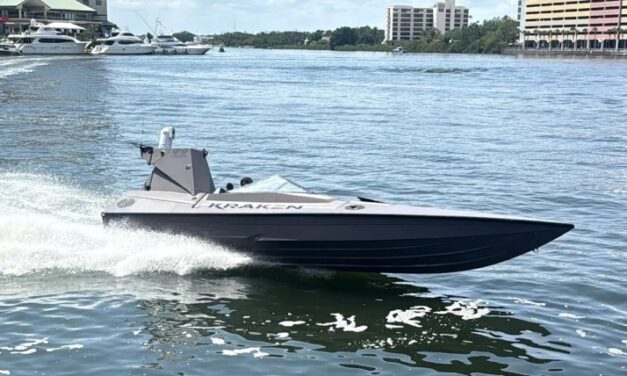
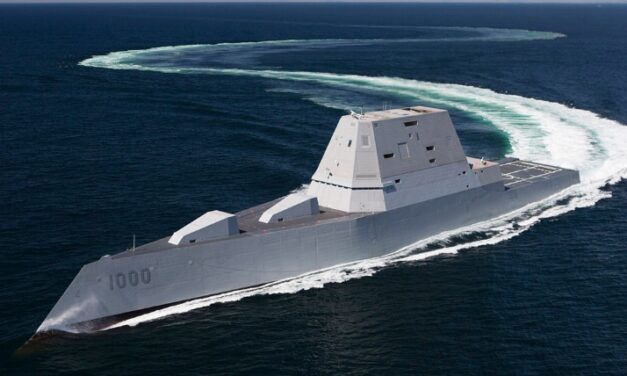
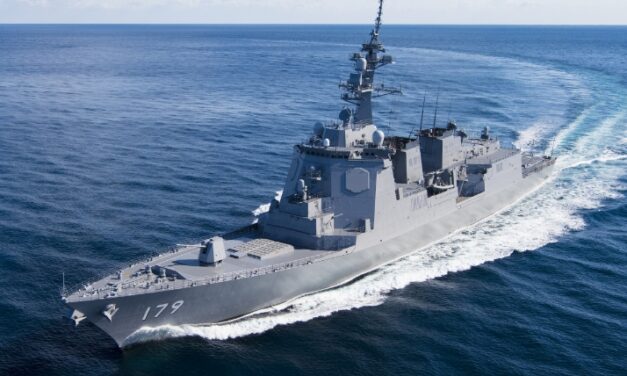
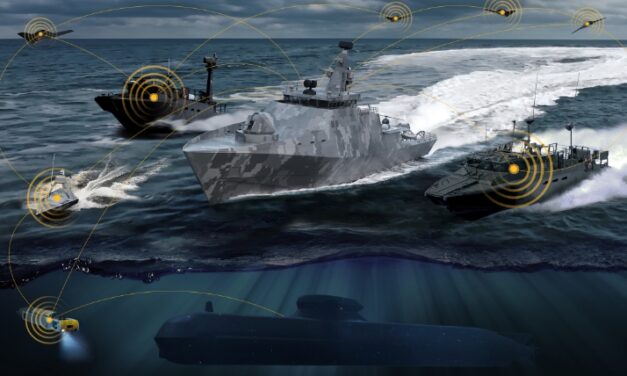
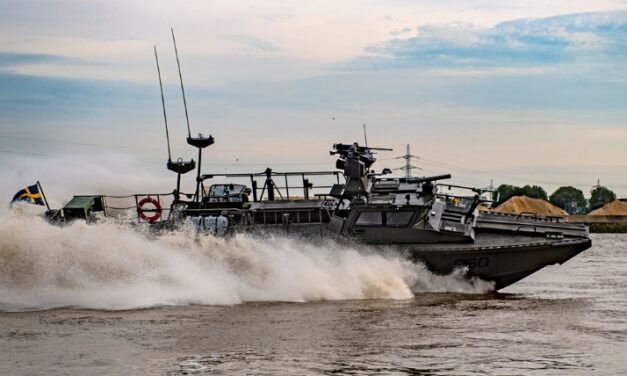
Latest comments